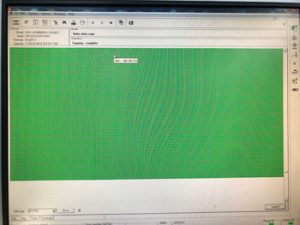How to restore deleted files on a data storage device?
Finding a secure way to restore deleted files

Restoration of deleted files on a data storage device
Every day, businesses and organisations spend a big amount of time and money restoring files that have accidentally been deleted by staff. It happens when users follow procedures regarding file management or when they are in need of more space on the system. The consequences of accidental file deletion are serious when there is no up-to-date back-up of the information, making it impossible to rebuild it.
When trying to restore lost files, it is important to work directly with the data. The primary aim is to avoid any accidental overwrites or file corruption. No matter whether the data is held on a standard hard drive, an external hard drive, a SSD, a RAID, a NAS, a server or any other data storage device, what format it is i.e. Windows, Mac OS, Unix, Linux or any other operating systems, the best procedures to follow are similar and there are, in most cases, ways to recover the deleted data without any loss.
What happens when you delete a file on a data storage device?
When a file is deleted from the system or from the recycle bin, the information about the location of the file is erased but the information isn’t deleted from the storage device and the file still exists. But because the information about the location of the file has been deleted, the operating system is unable to fetch the file when the user is trying to access it.
Data storage is done in two steps with the allocation of blocks of memory to keep it saved. The name of the file and the list of memory blocks which contain the data are entered in a directory. If the file has been deleted, the memory block listed in the directory will be marked as free to use but the block will still have the information. It’s just the reference to the file that has been erased and the storage device can’t see the file any longer. The data is still there until some other data is saved in the space previously held by the deleted file, and that’s what’s called an overwrite. That’s why it’s important to act fast as the longer a block is left without a file location name, the more likely it is to be re-used for another file.
What can you do when you accidentally delete a file that you want to access?
Data overwrites present serious and dangerous challenges for the data recovery process. This is the reason why, when you delete a file, it’s highly recommended to turn the storage device or the computer off immediately to avoid permanent data overwrites and make files impossible to retrieve. Data recovery software should never be installed when data has been deleted either because it can also overwrite the files in the block memory. The best option is therefore to contact a specialised data recovery company that will focus on a raw recovery and prevent any overwrites.
Creative IT is a professional data recovery provider which offers its data recovery services to restore deleted files securely. With over 15 years in the field of data recovery, the company provides successful disaster recoveries in its London based secured data recovery lab located in Central London.



